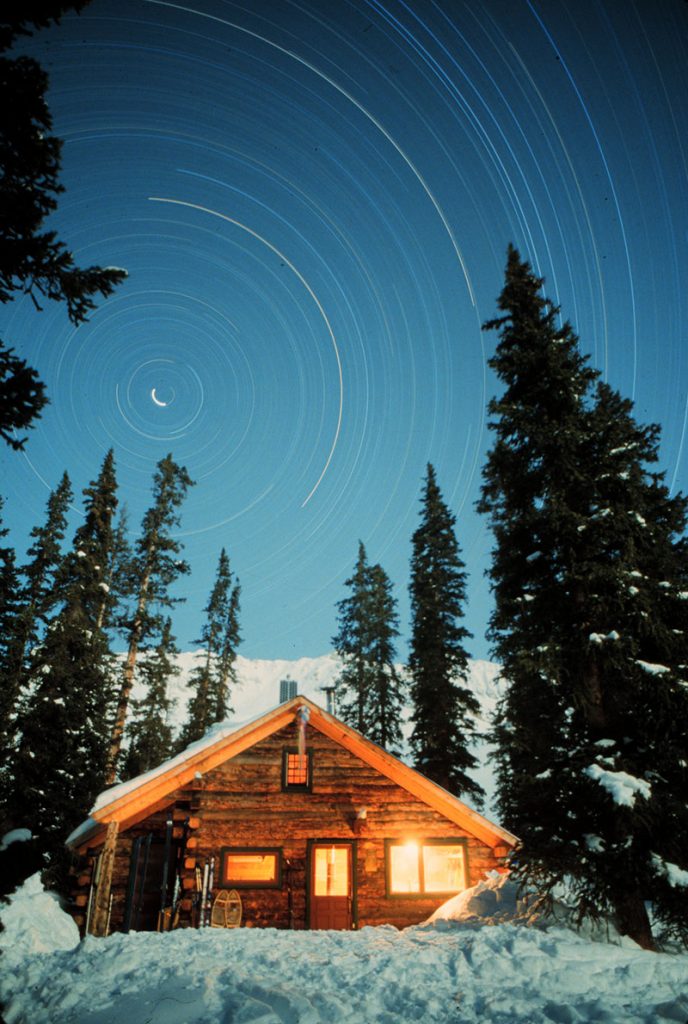The first plane, a Cessna 310, left the Gunnison, Colorado, airport June 18, 1980, with five friends returning to Aspen after a birthday celebration in Crested Butte the previous night. The second, a Cessna 182, departed from Aspen that same morning carrying three employees of the Snowmass Village Property Management Company, which had sponsored a vacation for them. Snow still covered the high country, offering the passengers sparkling scenery as the small aircraft lifted toward the summits.
Just as one plane crested East Maroon Pass in the Elk Mountains, the other did, too. The collision ripped apart one plane and downed the other; all 10 people—eight passengers and two pilots—died. Had either left a minute later, the accident might simply have been a close call. As it would in any small community, the sudden loss hit Crested Butte and Aspen hard.
“At that time the towns were smaller, and everybody knew some of those people,” says Graeme Means, an Aspen resident and friend of some of the passengers. “So it was a pretty big event.”
The pair of Colorado towns, somewhat close as the crow flies but hours apart by car, weren’t exactly linked as one community, but the victims of the crash, who had friends in both places, had been a bridge between them. Friends set out to honor those connections by building a hut at the base of Star Peak near the site of the crash. Colorado already had a rich history of huts as memorials, with several Braun huts named after influential people in its community and the first two 10th Mountain Division huts—McNamara and Margy’s—christened in honor of former U.S. Secretary of Defense Robert McNamara and his wife.
Drawing upon that tradition, folks from both towns started planning and pulling permits for the Friends’ Hut, finishing construction in an eight-week period in 1984. Because the hut is one of the most remote in Colorado, bringing construction materials by hand or horse wasn’t a great option. In what Means calls a “big lift,” a helicopter delivered lumber, the woodstove and requisite tools.

“One person who had experience building would take a week and be up there to direct the work, and then it was just whoever wanted to volunteer and come up,” he says.
Many who died in the crash were avid, experienced skiers and mountaineers, and the hut’s siting in what Memorial Hut Committee member Kendall Williams called “the best spot in the valley,” pays tribute to them. In winter, the hut lies 11 miles from the trailhead on the Crested Butte side, and Aspen travelers must crest Pearl Pass at 12,723 feet to reach it. Even in summer, the shortest access is a two-hour hike off a jeep trail.
“It’s more of a real mountaineers’ hut than a lot of the other huts,” Means says. “There’s a lot of above-timberline travel and avalanche terrain, and there’s route-finding, weather, altitude, so the whole deal.” With the advent of pin bindings, fatter skis and splitboards, access has become easier, if not any shorter, and in combination with three nearby Braun huts, one can use the Friends’ Hut to complete a Colorado Haute Route at an average elevation of 11,000 feet.
Like the construction process, the entire operation is a community effort, with volunteer crews heading up every fall to ready the Friends’ Hut for winter guests. Nearly 40 years later, Means calls the still-strong sense of volunteerism “off the map.” They even published a book—a glossy magazine-style publication—to chronicle the crash, the construction and the curative nature of the nights those who survived the victims have spent at the hut.
“My true and sole purpose is to put in print the amazing story of the Friends’ Hut,” publisher Rosie Gebhart wrote. “How out of so much tragedy, a beautiful place of healing, growth, and rejuvenation has been created and continues to grow. It is a story that touches me deeply and is one that needs to be shared.”
For Means, the annual volunteer weekends keep alive the spirit of remembrance that motivated them all those decades ago. Though deep in the backcountry, the Friends’ Hut remains a bridge between Crested Butte and Aspen, a place where people wash away difficult memories of loss and strengthen the invisible bonds that stretch over the hills. A major remodel in 2004 modernized the structure, and the people who trek into the high country each year, packs laden with materials and tools, will continue to do so, if only to maintain the spirit of their friends lost in those mountains.
After a trip to the hut, Paul Andersen encapsulated that essence in a 1986 edition of The Aspen Times, calling it “a place where nature has a special significance, a place where you can stand in the frosty air under the scrutiny of the bright stars that you hear with your ears, understand with your heart, and answer with your soul.”
This story was first published in our current issue, #144, as a sidebar in Associate Editor Tom Hallberg’s exploration of the history of huts in the United States. Click here to snag a copy and read the full story or subscribe.










Related posts: